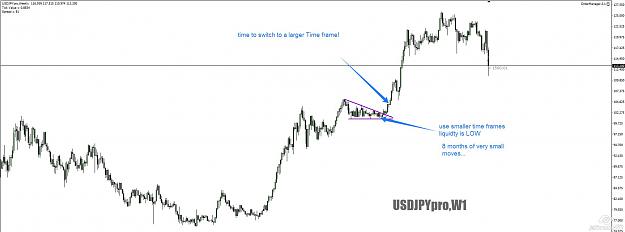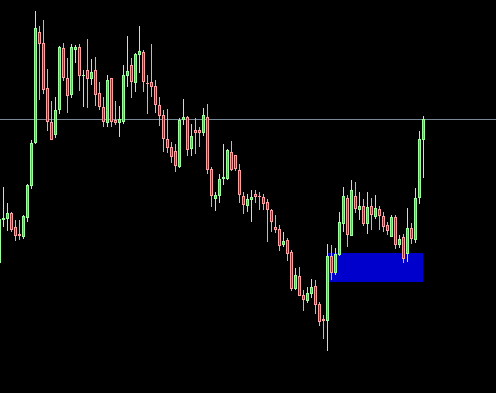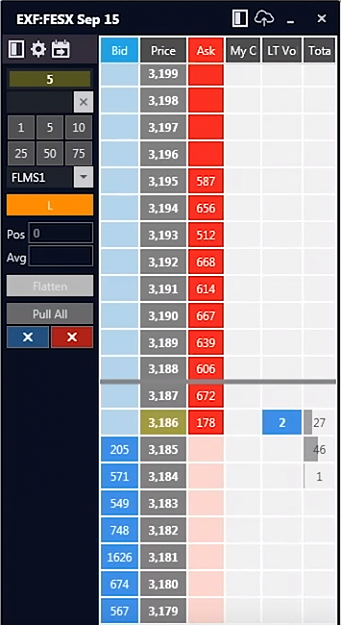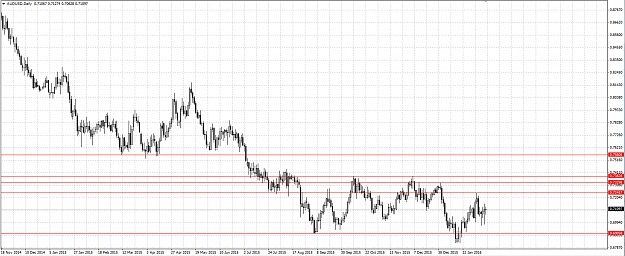Disliked{quote} Hi elsensei. This question is wrong on so many levels i don't know where to start! The question and thread title should be: How much time should i waste on PA and TF's? rgdsIgnored
- Joined Dec 2010 | Status: Member | 572 Posts
The only system that will work is one designed by and for yourself.




